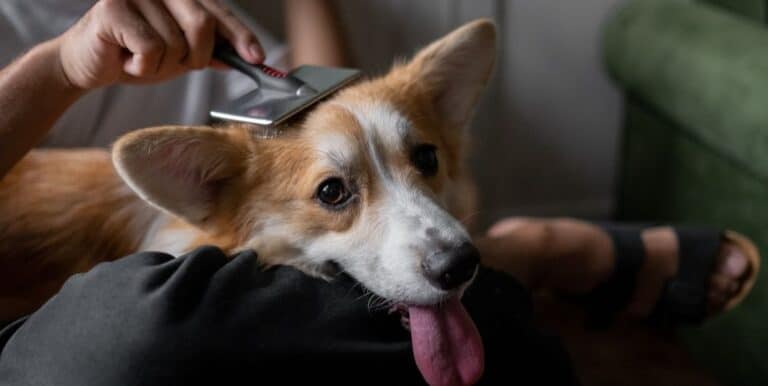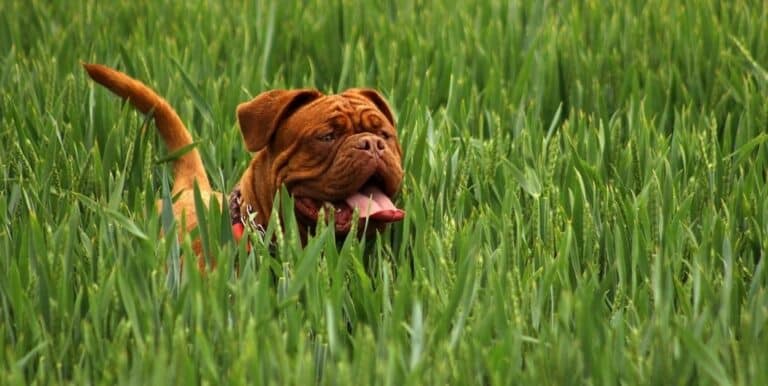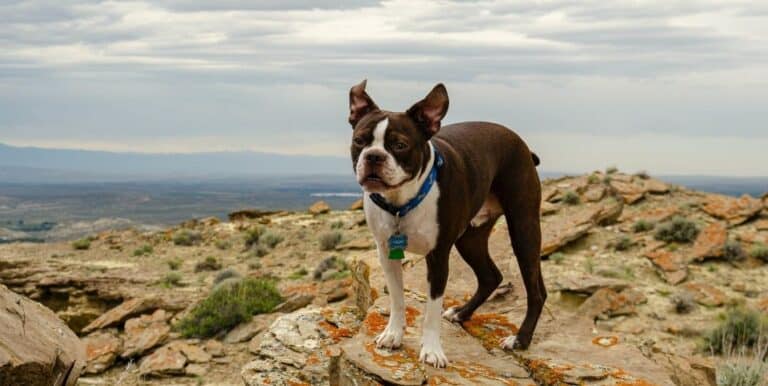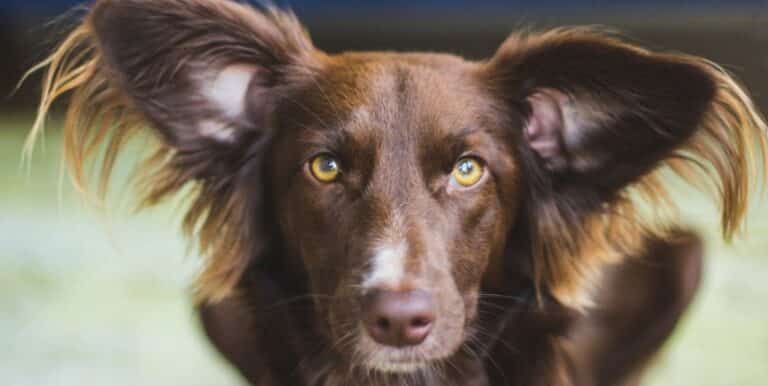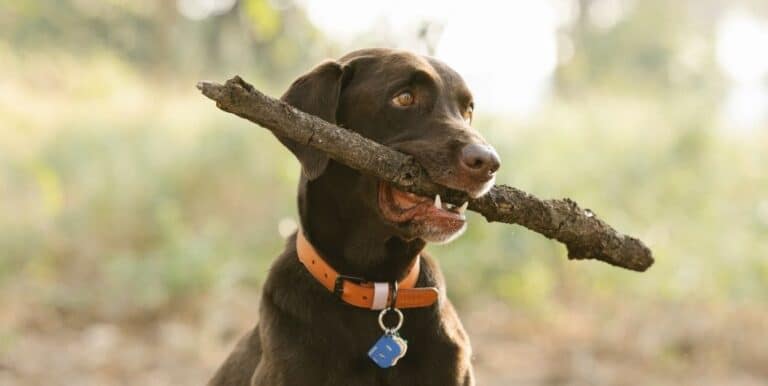How Do I Choose the Best Dog Toothpaste?
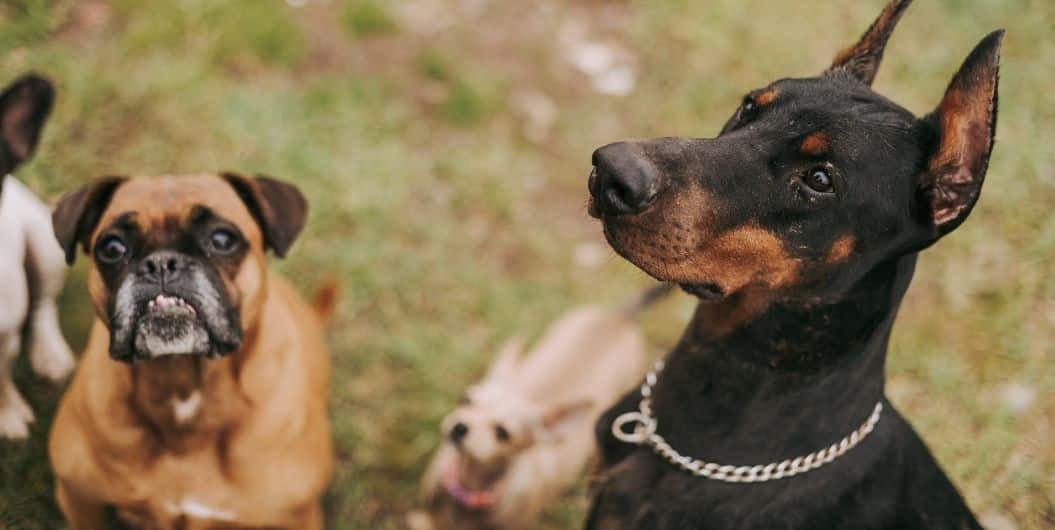
Most veterinarians usually recommend brushing a dog’s teeth frequently with dog toothpaste. This not only helps make the dog’s breath more pleasant, but it also help prevent a variety of canine dental problems. You can choose a toothpaste for cleaning dog teeth based on how effective it is, how it tastes, and the size of the tube. Canine toothpaste can also be made easily. If your dog will not allow you to brush his teeth, you can also try no-brush canine dental chews.
Like humans, dogs can have dental problems, including gum disease and tooth decay. Dogs are also notorious for having rather unpleasant breath. Special toothpaste is an often overlooked, but essential, part of proper canine oral hygiene. Unlike toothpaste for humans, dog toothpaste is specially formulated so it will not upset a dog’s stomach when it is swallowed.
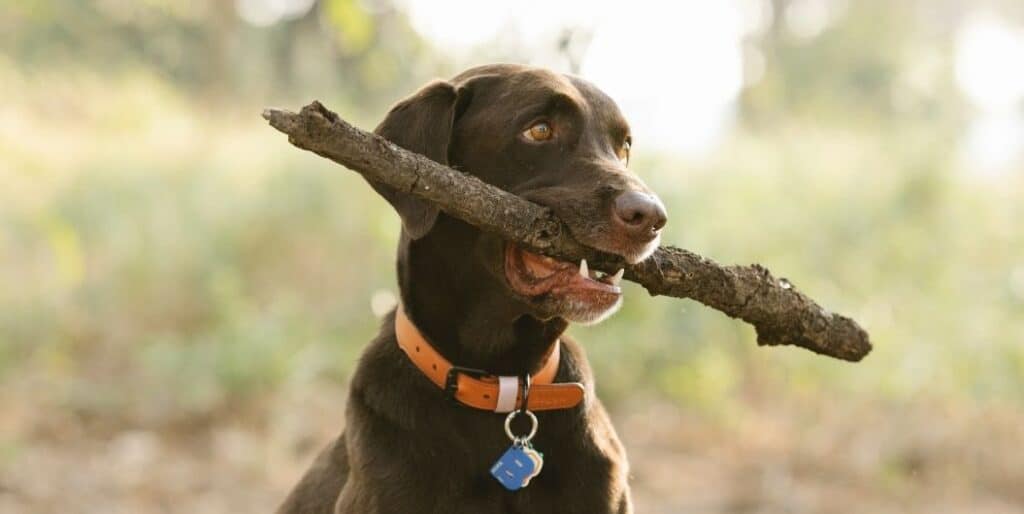
The effectiveness of dog toothpaste also is important. It should efficiently remove plaque and tartar. Often, the most effective dog toothpastes have special enzymes that aid in the removal of plaque and tarter from a dog’s teeth.
Taste is also very important when choosing a dog toothpaste. If a toothpaste has an unpleasant taste, a dog will usually resist having it put in its mouth. Many of these types of toothpastes are flavored like meat, and you should choose a flavor that your dog enjoys. It may take several tries to find a flavor the animal likes.
The size of a tube of dog toothpaste should also be taken into consideration. If you are just beginning to brush your dog’s teeth, you should consider investing in a very small tube to start. Your dog’s veterinarian may even have free samples to try. Once you find a toothpaste that works and tastes good to your dog, you can then buy a larger quantity.
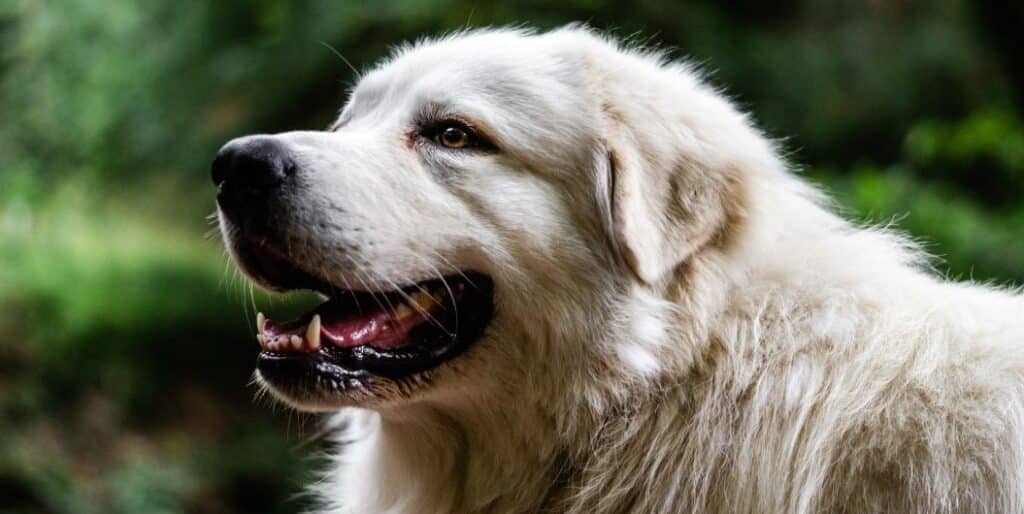
Homemade dog toothpaste is often a suitable and more economical alternative to commercial dog toothpastes. These are usually made with baking soda, which helps neutralize odor and remove plaque build up. Flavor can be added with beef or chicken bouillon, or a very small amount of peppermint extract for a more pleasant smell.
It is usually best to start brushing your dog’s teeth when he is still young, so he gets used to the process early. To do this, you can first allow your dog to sniff and lick a small bit of dog toothpaste from a toothbrush. When he gets used to this, you can then apply a small amount of toothpaste to a rubber finger toothbrush or a soft bristled toothbrush and try to gently brush his teeth.
Do not force the dog if he resists, and offer praise and a treat when he allows you to brush his teeth. If he will not let you brush his teeth at all, you may want to try canine dental chews. These are tasty morsels that help remove build up from the teeth and help prevent some dental problems.

